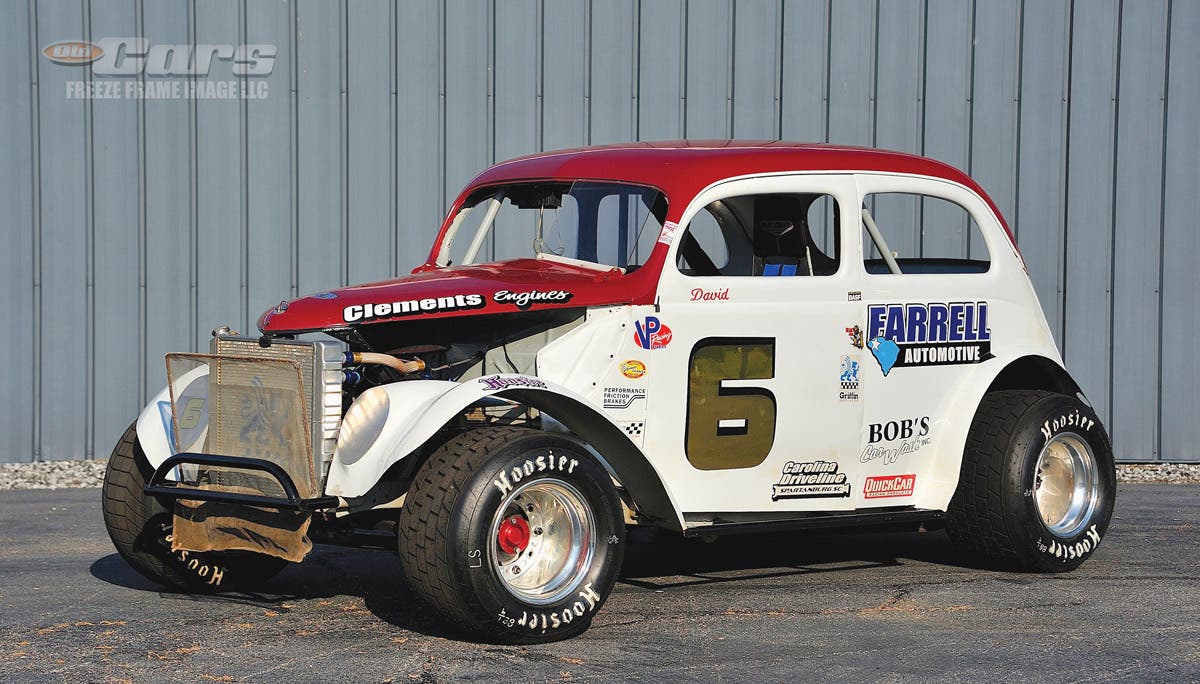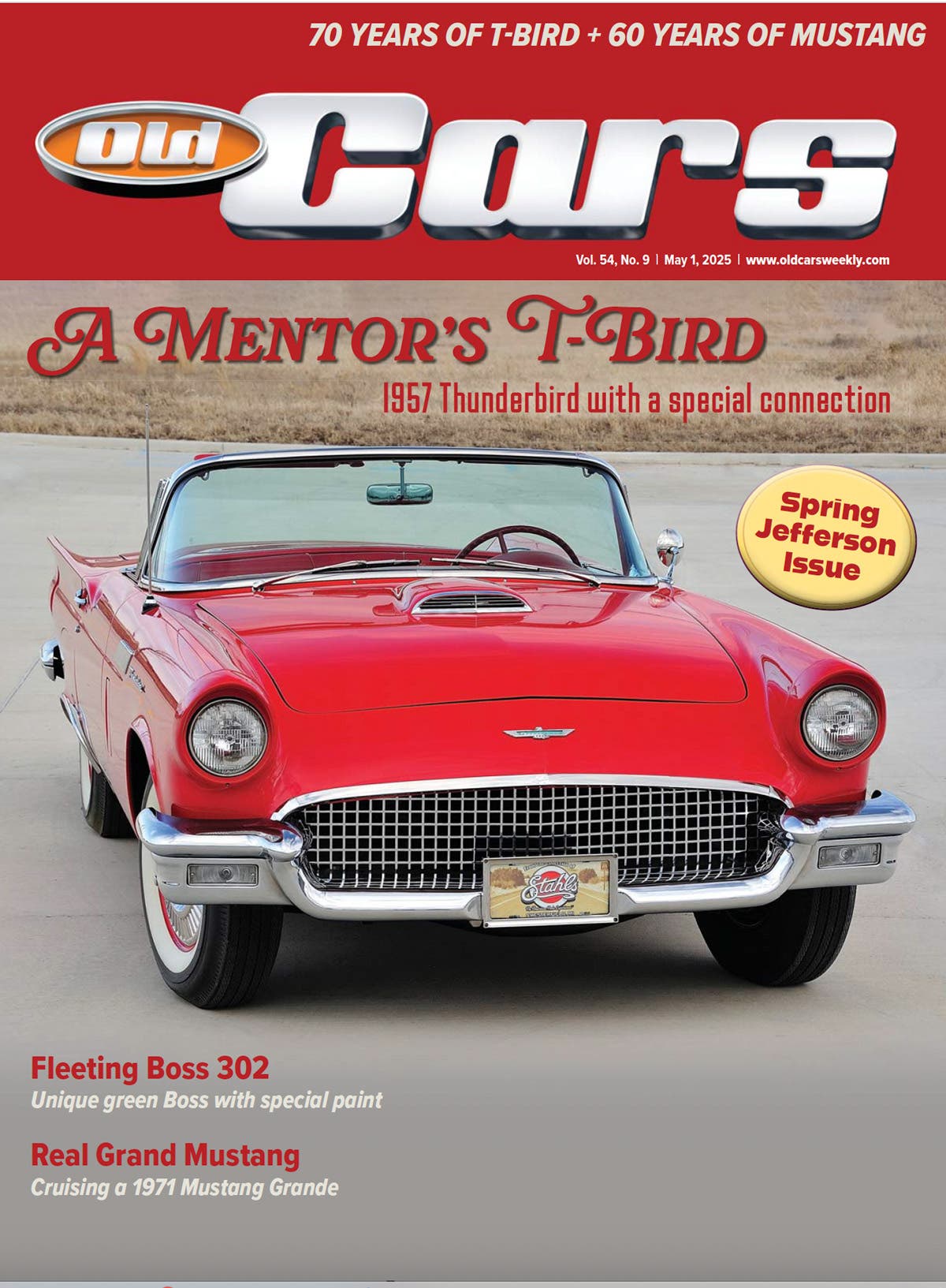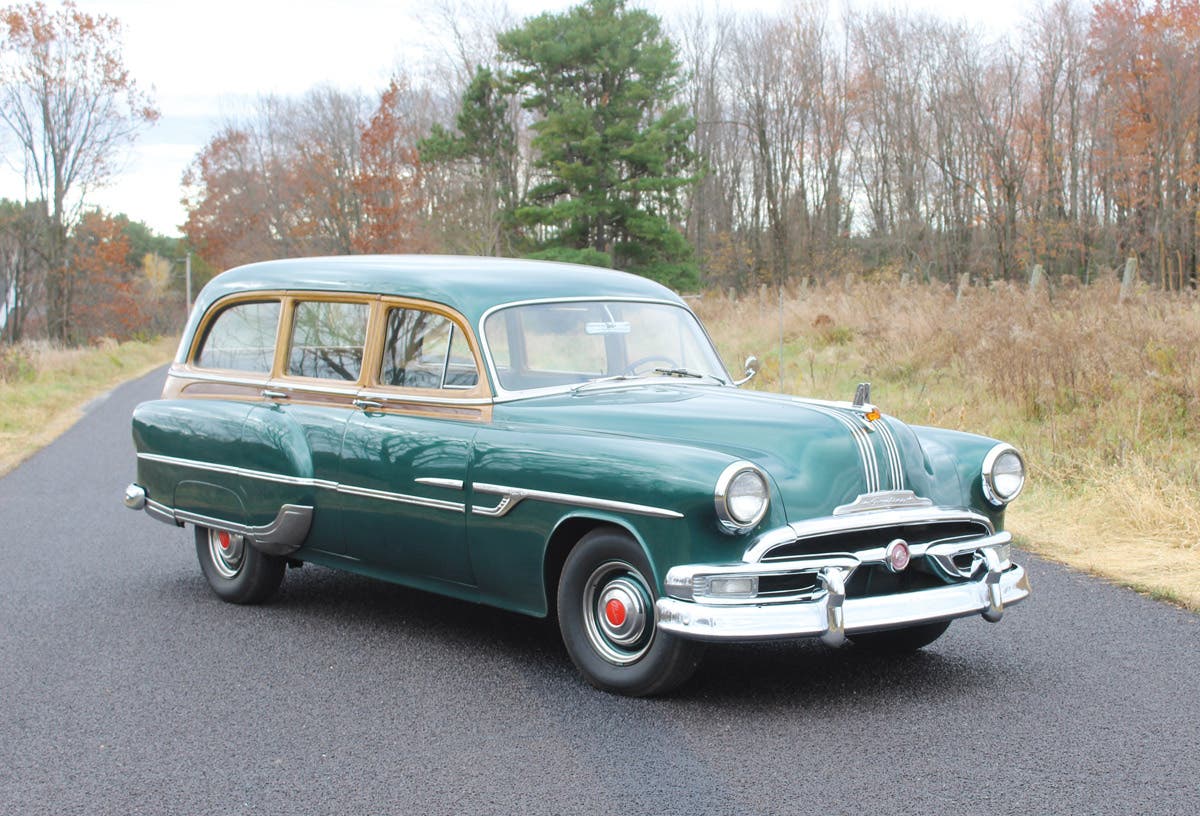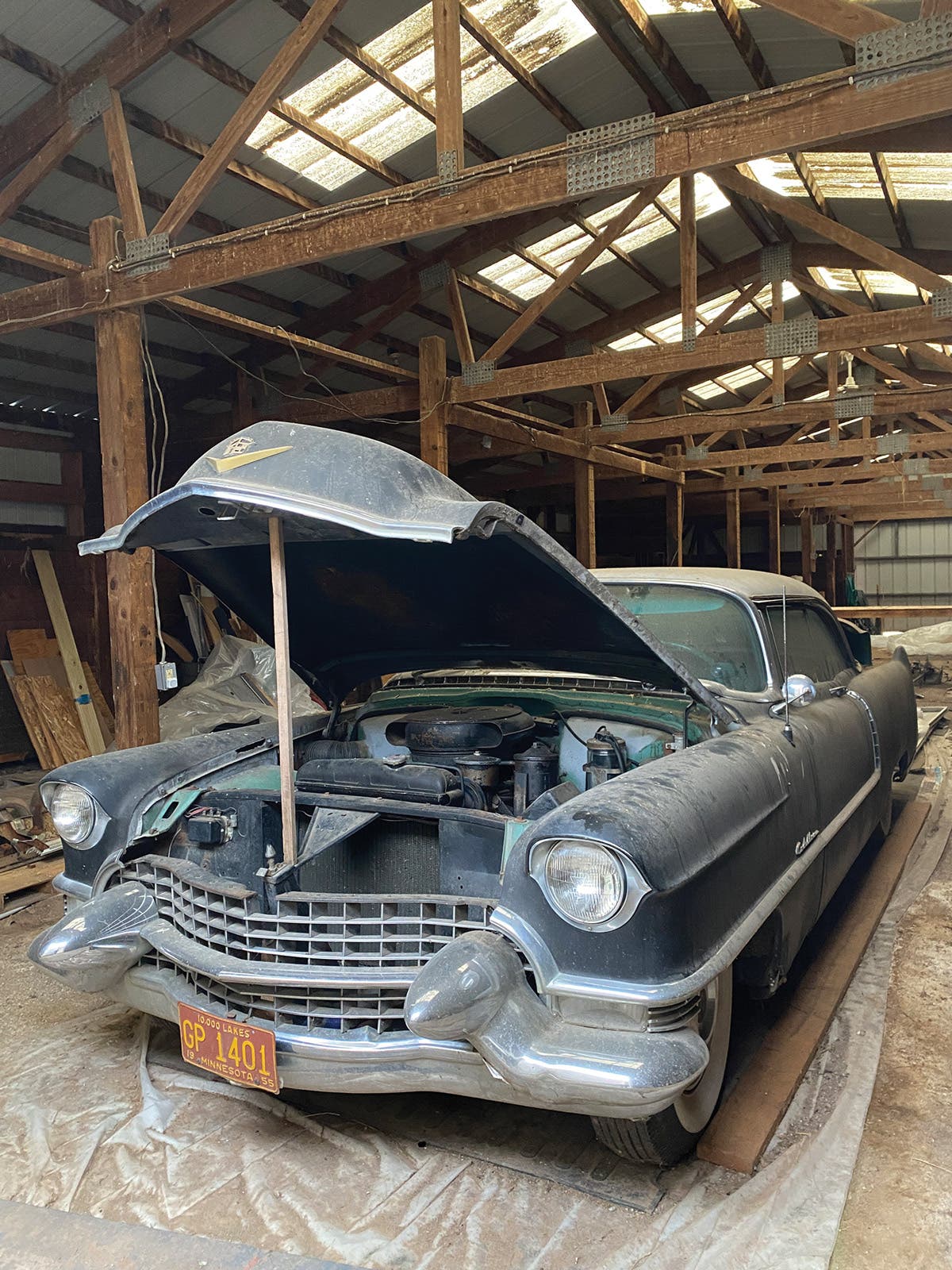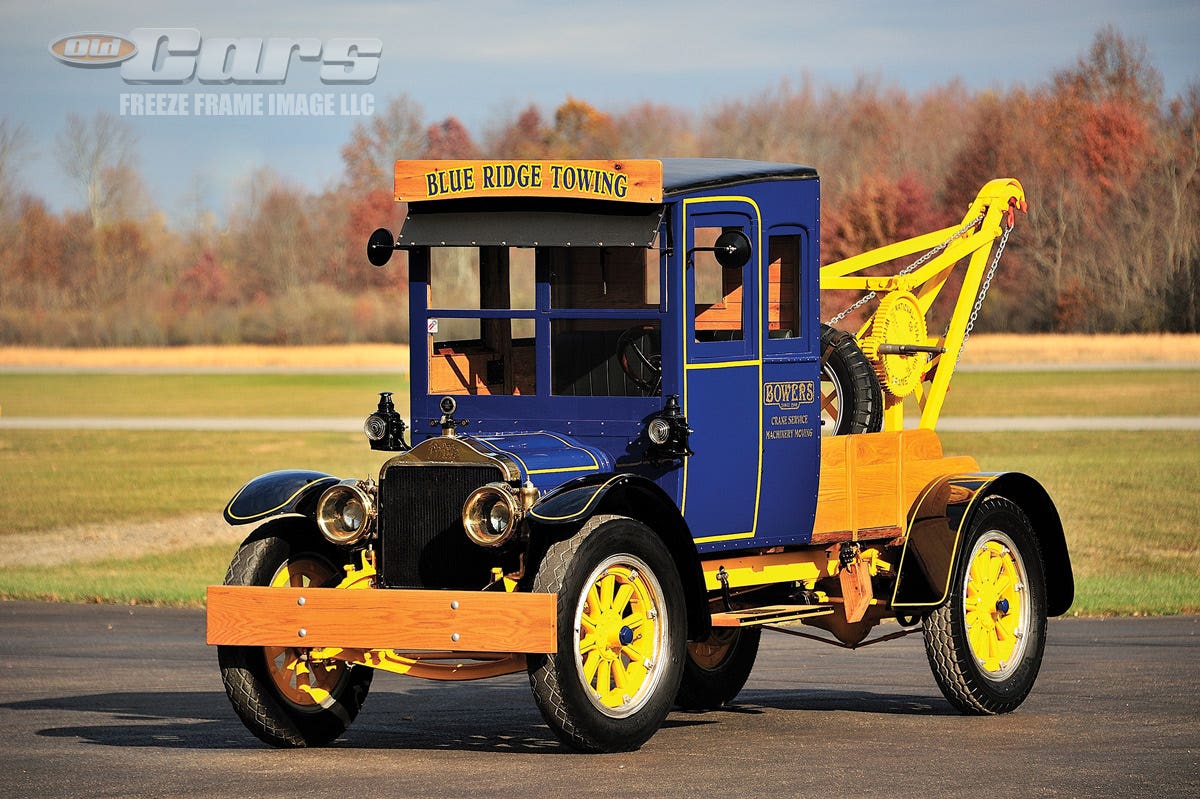Car of the Week: 1940 Divco Twin
It was a sweet treat to see a fully restored Divco Twin in all of it Helms Bakery livery.
Many of us find something magical about the Twin Coach one-ton vans that delivered baked goods and their sweet scent. For those who remember them, the trucks illicit a Pavlovian stimulus since we learned to associate the vans with delicious pastries.
Twin Coach vans were the brainchild of brothers Frank and William Fageol, who built big rigs in Oakland, Calif., beginning in 1916. In 1927, the Fageol brothers started building twin-engine city buses in Kent, Ohio, hence the name Twin Coach. The Ohio firm added delivery vans in 1929. Although the brothers’ delivery vans were called Twin Coach, they did not have two engines.
Twin Coach sold its delivery van division to Divco (Detroit Industrial Vehicle Co.) in 1936. Thereafter, the vans were known as Divco Twins. The Divco had a Chrysler Airflow/Volkswagen Beetle front curve while the Divco Twins had a flat front. The Divco Twin was produced until 1941, but still have a following.
The featured van is a 1940 Divco Twin that was one of many used by Helms Bakery. Twin Coach and Divco Twins were delivered in primer to customers, such as Helms Bakery. The buyer then painted the truck in its company colors. Interior fixtures were often fabricated by the owners to meet their individual needs. As an extra-cost option, Twin Coach would build shelves. These standard drawers were all wood and sat crosswise in the van.
Helms’ trucks were painted cream and medium blue. The interior was fitted with mahogany chest drawers custom-made by Twin Coach to Helms’ specifications. They had glass-drawer fronts and mirror draw backs to showcase the pastries to potential customers who visited the trucks.
Paul Helms started Helms Bakery in 1931. Although it ceased operation in 1969, Helms Bakery is still considered an icon in southern California. Hobbyists collect Helms memorabilia including company freebies, giveaways, decals, bread wrappers, pie tins, etc.
Helms products were not sold in supermarkets or convenience stores. Instead, the vans would deliver items to neighborhoods from the Mexican border to Fresno. The men who drove the vans were known as “Helmsmen” and were required to wear white shirts and chinos, neckties and caps. At one point, Helmsmen made 250,000 home-delivery stops.
The Twin Coach was conceived by William Fageol. It had a 96-inch-wheelbase chassis, and this short wheelbase allowed short turns, making it easier to park on crowded streets. Helping with maneuverability was an overall length of 172 inches and a width of 66 inches. Despite the compact dimensions of the vehicle, inside loading space was 54 square feet. Part of this spaciousness is due to the vehicle’s generous height of 87-1/4 inches.
Based upon Twin Coach’s stop-and-go requirements, a special Hercules four-cylinder engine was first used that produced 37-1/2 hp. Continental Motors of Muskegon, Mich., maker of various engines, acquired Divco in 1932 and not surprisingly, it began installing its own engines in Divco vehicles. The featured 1940 Divco Twin has a Continental L-head four-cylinder rated at 38 hp. The Twin Coach had a Brown-Lipe four-speed transmission while the Divco Twin used a Warner four-speed.
The attractive and appealing Helms wooden cabinets contrasted with the bare bones and extremely economical cosmetic aspects of the Twin Coaches. For example, there were no heaters, fans or radios. The seat was actually a bicycle saddle. The idea was to allow the driver to operate the van in a semi-seated position. The bicycle seat could be folded and stored out of the way for a Helmsman to take a standing position when driving. Although relatively plain, the vans were built for longevity and utilized many of the same materials, supplies and engineering techniques of the buses. As a result, the vans could go 300,000-500,000 miles.
A hand throttle could raise the engine above idle when the van was standing so that the generator spun fast enough to keep the battery charged. At times, Helmsmen “walked the truck.” That is, they put the van in a slow gear so that it crept down the street. The Helmsmen would bring baked goods to a door, and then catch up to the van to get new pastries for the next resident.
Whether a Twin Coach or a Divco Twin, the engine was inside the front of the van, covered by a “doghouse.” The steering wheel projected from the top of this box. The left pedal was a combination clutch and brake unit. Pressing halfway down disengaged the clutch. Pressing it all the way down applied the hydraulic brakes. The gas pedal was to the right and looked like a door hinge. The center of the doghouse was indented and the gearshift and handle brake stalk sprouted from this recession. Gauges were on the left side of the cavity.
Seven windows up front provided a panoramic view for the driver, and for the customer to look at the mirror draws that reflected the sumptuous treats. The sliding doors on both sides were mounted on the outside of the body on overhead tracks.
Twin Coaches and Divco Twins had a unique “toot toot” whistle to alert locals of the Helmsmen’s arrival. Pulling on an overhead lever activated a diaphragm between two pie tins to make the distinctive sound.
Divco Twins were discontinued after World War II. However, Paul Helms wanted new original Divco Twins in 1948, because they were synonymous with Helms delivery business. So he bought
snub-nosed Divco chassis and had truck body suppliers make the Divco Twin body style.
SHOW US YOUR WHEELS!
If you’ve got an old car you love, we want to hear about it. Email us at oldcars@aimmedia.com
*As an Amazon Associate, Old Cars earns from qualifying purchases.



